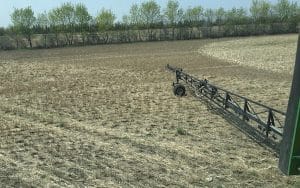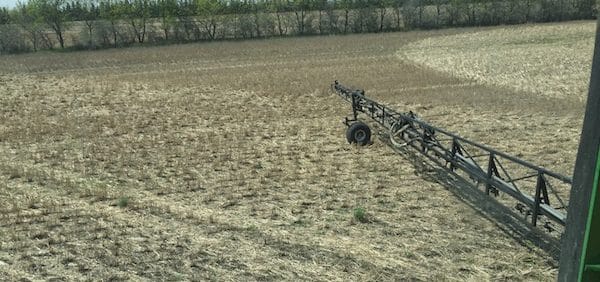Growers will be eager to seed with the return of warm weather but early weed control also remains a priority — especially for fields that have not received any yet. Spraying those fields now and seeding three days later will have an economic benefit given that weed competition remains a major factor in crop yield potential.

The decision to seed first then spray is understandable at this date — growers want to get the crop in because who knows what the weather will do. In that case, post-seeding/pre-emergence burnoff is possible if weather and logistics allow. If choosing to seed before spraying, weeds present will have a minimum five days — usually more — before the crop emerges. These weeds can advance very quickly in good conditions, which is why growers who seed before spraying may choose to apply in the narrow post-seeding pre-emergence window.
Consider the following risks with this practice:
1. If a burnoff doesn’t get done before the crop emerges, the crop is in a significant yield loss situation. In-crop weed control needs to occur as soon as possible.
2. The longer the weeds persist from the point of emergence until they are dead, the greater the yield loss. The larger the weed at the time of crop emergence, the greater the speed at which yield is lost following emergence.
3. The later into May, the greater the chance that air and soil temps will increase quickly. Warmer soils mean quicker crop emergence. The faster crops emerge, the more likely the pre-emerge weed control window will be missed altogether.
Further reading:

